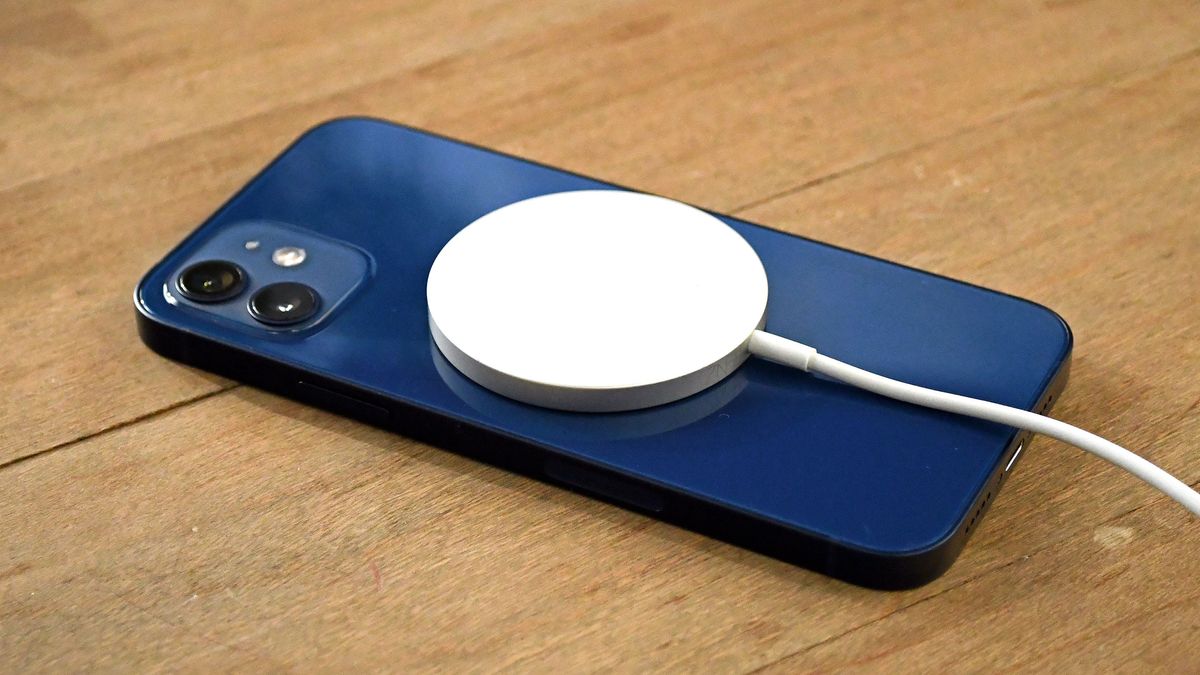
A port-free iPhone is fine with the EU — and if it happens, I’m ready for it
- 20.03.2025 11:07
- tomsguide.com
- Keywords: EU, Apple
Apple may remove the charging port from its iPhones, as the EU allows devices without wired charging. The author surprisingly accepts this change, noting their own adaptation to wireless tech like headphones and how it hasn't significantly impacted their routine.